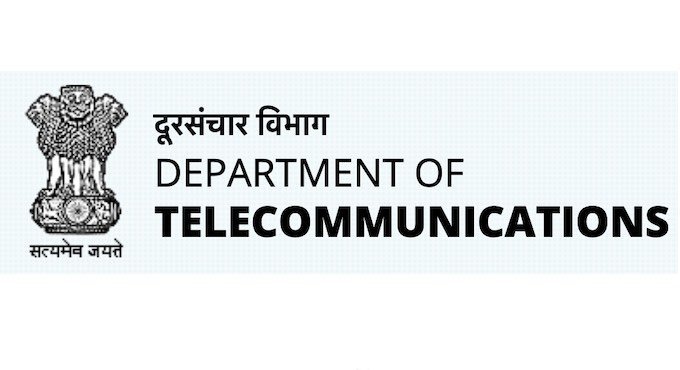In a major push to secure India’s digital payment landscape, the Department of Telecommunications has launched the Financial Fraud Risk Indicator (FRI), a powerful new tool to detect and prevent cyber fraud linked to mobile numbers. The move marks a milestone in real-time fraud intelligence sharing between telecom and financial sectors.
A Game-Changer in Cybercrime Detection: What is the FRI?
On May 21, 2025, the Department of Telecommunications (DoT) officially introduced the Financial Fraud Risk Indicator (FRI)—a technology-backed, intelligence-sharing tool aimed at fortifying India’s digital financial infrastructure. Developed under the broader Digital Intelligence Platform (DIP), the FRI classifies mobile numbers based on their risk level for financial fraud, rating them as Medium, High, or Very High risk.
The classification is driven by a multi-source data pool comprising:
- Complaints from the National Cybercrime Reporting Portal (NCRP) via I4C.
- Inputs from DoT’s Chakshu platform.
- Intelligence from banks, NBFCs, and UPI platforms.
When a number is flagged, DIP performs a multi-dimensional analysis, and this insight is then shared in real-time with financial institutions, UPI service providers, and telecom operators. The goal: to allow early intervention, transaction blocks, or user alerts, thus protecting millions of digital payment users from cyber fraud.
Real-Time Protection: How UPI Platforms Are Using FRI to Stop Fraud
FRI’s effectiveness lies in its ability to trigger swift and targeted action. UPI platforms, where fraud risks are particularly high due to their instant and frictionless nature, are already integrating FRI-based alerts into their systems.
One of the earliest adopters, PhonePe, has incorporated FRI into its PhonePe Protect feature:
- Very High risk numbers are blocked from initiating UPI transactions.
- Medium risk numbers prompt a user warning before transaction completion.
Initial usage data suggests high predictability of fraudulent behavior based on the FRI risk grade, validating the model’s robustness. Other platforms, including Paytm and Google Pay, which collectively process over 90% of India’s UPI transactions, are also working on integrating FRI-based alerts and delays, including real-time transaction holdsand user confirmation pop-ups.
Banks are using DIP alerts to flag suspicious accounts, pause automated clearances, and cross-verify flagged mobile numbers with their internal fraud detection systems—enabling a truly collaborative fraud mitigation network.
National Security Meets Financial Integrity: A Unified Cyber Shield
The introduction of FRI is part of DoT’s broader ambition to create a technology-driven, secure telecom-fintech ecosystem. With cybercriminals often exploiting mobile numbers for short-term frauds—before numbers are verified or disconnected—FRI fills a crucial gap in the response timeline, offering proactive defense instead of reactive clean-up.
The Mobile Number Revocation List (MNRL), maintained by DoT, is already being shared with stakeholders, listing disconnected numbers along with reasons like cybercrime involvement, failed re-verification, or breach of usage norms. The FRI adds a predictive layer to this existing framework, giving stakeholders advance warning before fraud occurs.
ALSO READ: FCRF Launches Campus Ambassador Program to Empower India’s Next-Gen Cyber Defenders
As DoT deepens its collaboration with the Reserve Bank of India, banks, and fintech giants, the FRI is expected to evolve into an industry-standard fraud prevention protocol. Experts believe that India’s model could even be adopted globally, especially by countries looking to manage the risks of mobile-led financial inclusion.
“The FRI system brings much-needed synergy between telecom oversight and financial risk management,” said a senior DoT official. “It’s a new era of intelligence-driven fraud control.”

